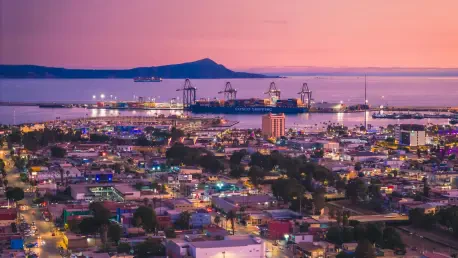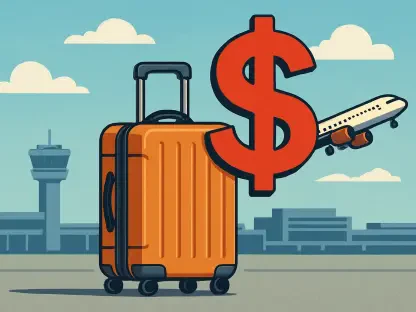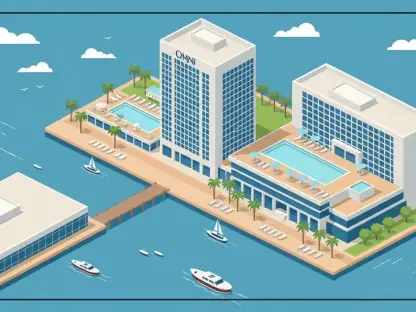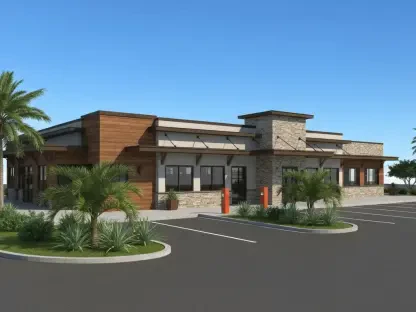Amid declining tourist numbers and shifts in travel behavior, Panama City Beach is exploring strategic infrastructure investments as a means to revitalize its tourism sector. With changes in global travel dynamics, understanding how such enhancements can reverse current trends and stimulate growth in this famous Gulf Coast destination is critical.
Navigating Turbulent Times in Tourism
Historically, Panama City Beach has been a bustling tourist destination known for its idyllic beaches and vibrant local events. However, recent seasons have shown a dip in visitor numbers, highlighting the need for a revamped tourism strategy. This decline, noted by the Panama City Beach Tourist Development Council and the Northwest Florida Beaches International Airport, signals a broader trend affecting many destinations across the United States. As the industry evolves post-pandemic, strategic changes in infrastructure hold significant promise for turning the tide and restoring the area’s economic vigor.
Key Infrastructure Developments and Their Impact
Airport Expansion: A Gateway to Enhanced Accessibility
Among the critical elements in Panama City Beach’s revitalization efforts is the expansion of the Northwest Florida Beaches International Airport. This expansion involves an 80,000-square-foot addition to the terminal, aiming to accommodate increased passenger volumes and improve the overall traveler experience. Enhanced airport facilities not only address past travel bottlenecks but also attract new visitors by ensuring a seamless arrival and departure process. By tackling these logistical challenges, Panama City Beach positions itself to strengthen long-term visitor loyalty and boost the local economy.
Expanding Connectivity: Embracing New Flight Routes
The introduction of new flight routes connecting Panama City Beach with major U.S. cities forms another key aspect of this strategic initiative. This effort seeks to broaden the travel market by providing more direct access to potential tourists, thus simplifying and reducing the cost of travel logistics. Comparative analyses with other destinations have shown that such connectivity can significantly raise revenues and enhance the destination’s appeal. To maximize the benefits, careful operational and marketing strategies are necessary to effectively integrate these new routes into existing infrastructure.
Balancing Growth with Environmental Considerations
Panama City Beach’s forward-thinking vision also includes embracing sustainable tourism practices, reflecting contemporary trends toward eco-conscious traveling. As infrastructure projects are planned, balancing environmental concerns with development goals becomes crucial. Incorporating sustainable initiatives ensures that infrastructure improvements do not compromise the city’s natural allure, maintaining its reputation as a beautiful, unspoiled destination. Fostering community involvement and support for these changes can alleviate concerns about environmental impacts, thereby strengthening stakeholder engagement.
Future Perspectives and Strategic Approaches
Looking ahead, Panama City Beach is positioned to significantly transform its tourism sector by integrating modern technology and aligning with evolving regulations. The rise of smart tourism practices—where technology enhances both visitor experiences and operational efficiency—presents a unique opportunity. Forward-thinking economic policies that support these innovations can help reshape how Panama City Beach competes in a rapidly changing global tourism landscape. By embracing expert insights and adapting to emerging trends, the city can stay ahead of future challenges and capitalize on new opportunities.
Reflecting on the Path Forward
While the current tourism downturn presented challenges for Panama City Beach, the city’s strategic investments in infrastructure and connectivity were setting the stage for future success. Collaborative efforts among stakeholders were crucial in ensuring the successful implementation of these developments, enabling businesses to adapt and prosper alongside enhanced tourism infrastructure. As infrastructure projects unfolded, Panama City Beach remained a compelling destination poised for sustained growth, appealing to new demographics of travelers seeking peaceful and accessible beach experiences.
The overarching themes underscored how targeted investments in infrastructure could significantly influence Panama City Beach’s economic growth and development trends. Despite market fluctuations, the commitment to strategic enhancements positioned the region as a forward-thinking destination ready to thrive amidst evolving travel behaviors, ensuring its continued allure and economic vitality.









